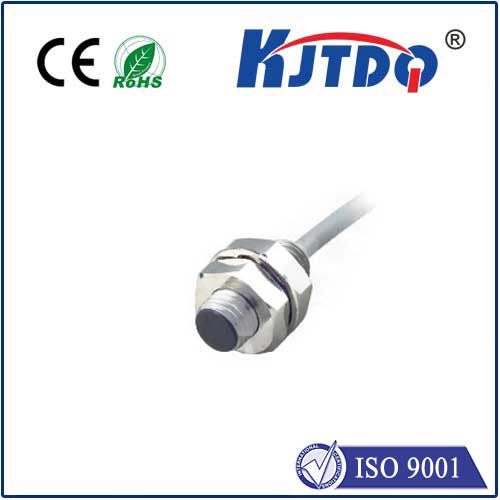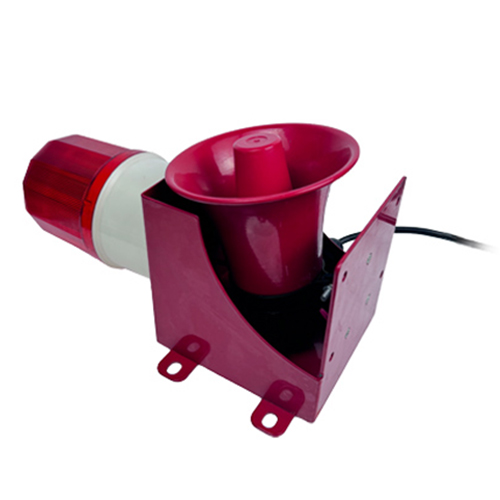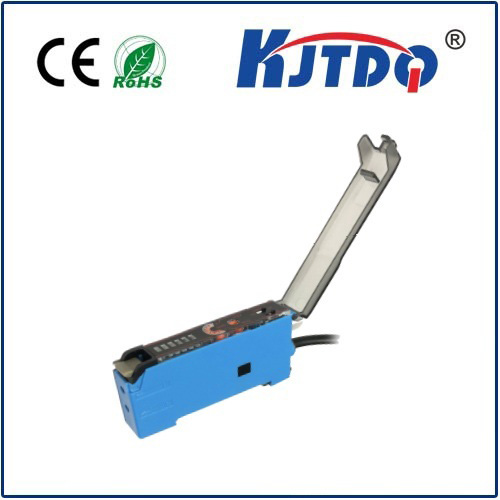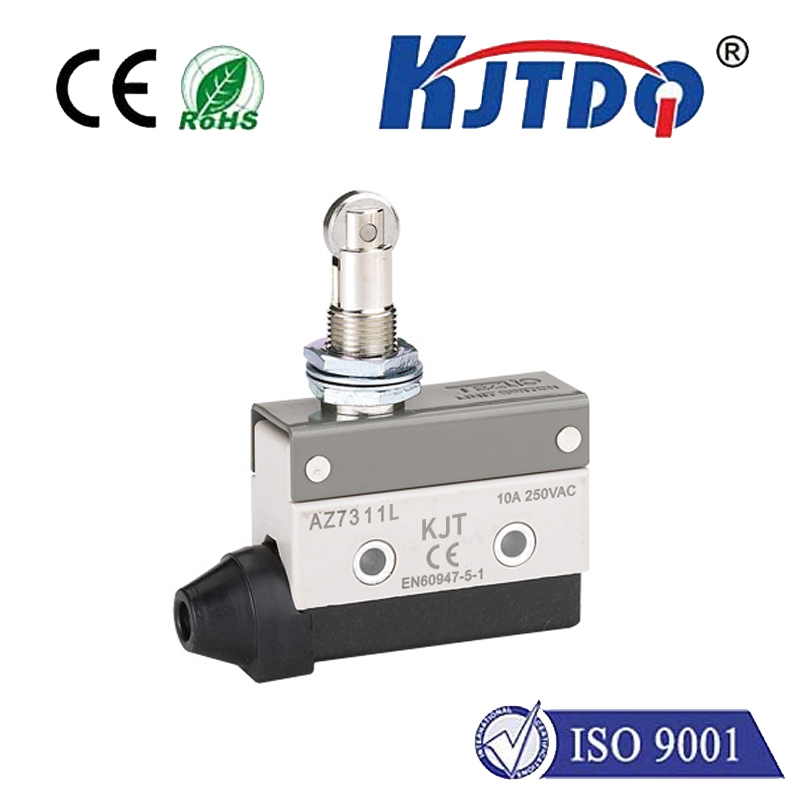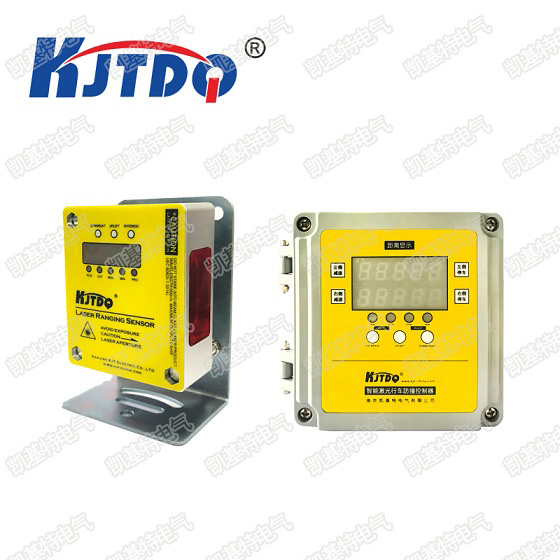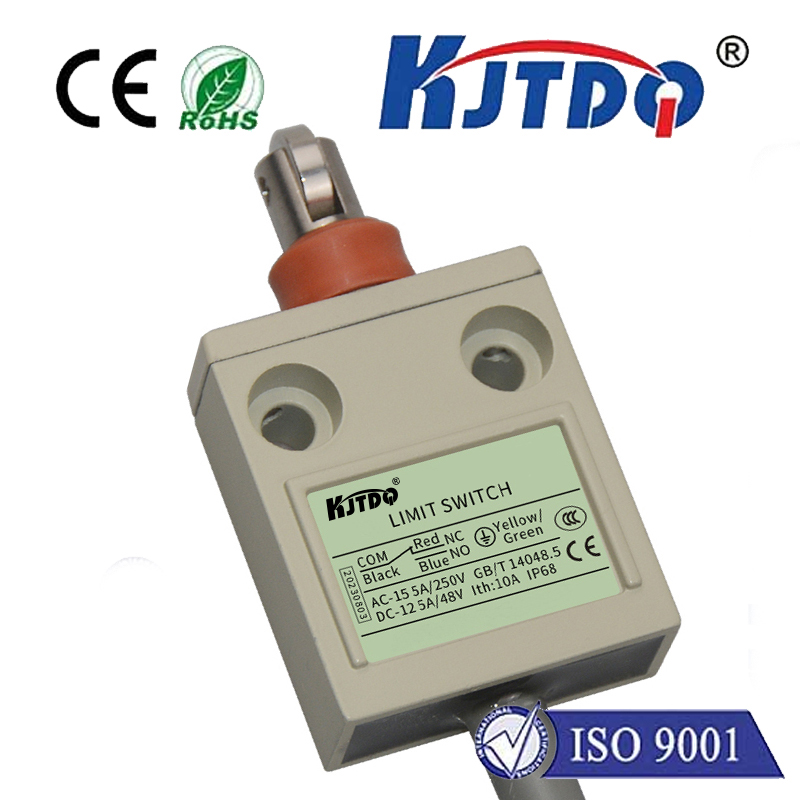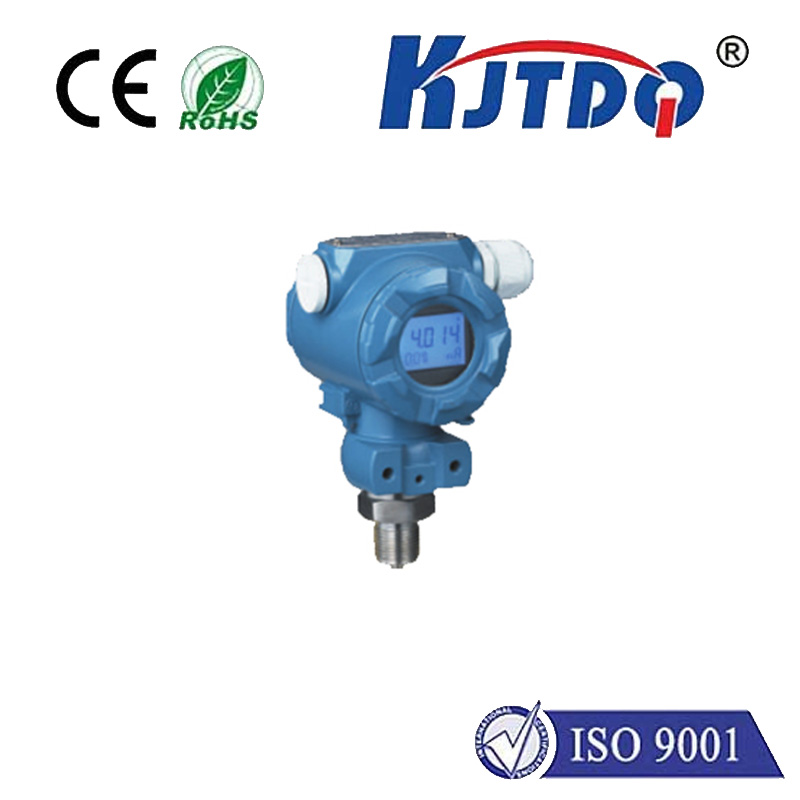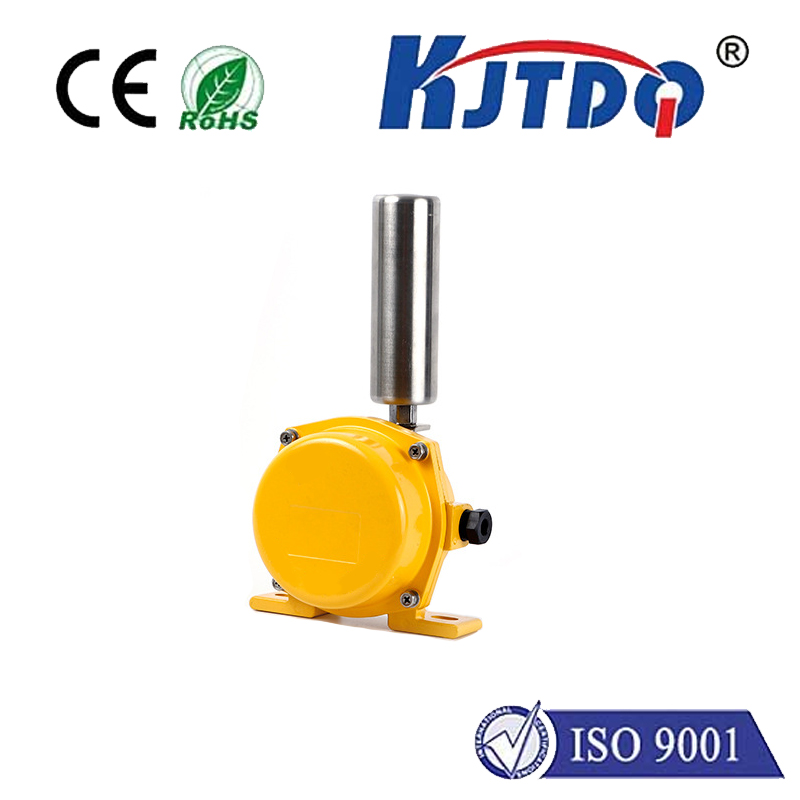fiber optic photoelectric sensor
- time:2025-07-24 05:06:25
- Click:0
Fiber Optic Photoelectric Sensors: Unlocking Precision Detection in Challenging Environments
In today’s demanding industrial landscape, detecting objects reliably – regardless of dust, mist, extreme temperatures, or confined spaces – is paramount. Traditional sensors often falter under such pressure. Enter a sophisticated solution: fiber optic photoelectric sensors. These versatile devices elegantly marry the principles of photoelectric sensing with the transformative power of optical fiber technology, offering unparalleled performance where standard sensors simply can’t reach. This article explores the inner workings, key advantages, diverse types, and crucial applications of these remarkable sensing devices.
The Core Principle: Light Guided to the Point of Need
At their heart, fiber optic photoelectric sensors operate on the same fundamental principle as conventional photoelectric sensors: they detect the presence, absence, or characteristics of an object using a beam of light. The transformative difference lies in how the light travels. Instead of requiring a clear optical path directly from an emitter to a detector housed together or opposite each other, these sensors utilize flexible optical fibers to transmit light over distances.
Essentially, the system separates the “brain” (the sensor amplifier/electronics) from the “eyes” (the sensing point). Here’s how it works:

- The Light Source: An emitter within the amplifier unit generates light (typically visible red, infrared, or laser).
- Light Transmission: This light travels through a transmit fiber optic cable.
- The Sensing Point: The light exits the cable at the sensing head (often a small, rugged lens or tip). This head is strategically positioned where detection is needed.
- Interaction with Target: Depending on the sensor type, the light beam may be:
- Interrupted by the target object (like in through-beam mode).
- Reflected back from the target (like in retro-reflective or diffuse reflective modes).
- Signal Reception: The returning light signal (or the absence of it) is collected, either by a separate receive fiber optic cable (in through-beam) or by the same head using bundled fibers (in reflective modes).
- Detection and Output: The collected light travels back through the receive fiber to a detector (phototransistor, photodiode) within the amplifier unit. The amplifier processes this signal, determines the presence/absence of the object based on the received light level, and provides a corresponding digital output signal (ON/OFF).
Why Choose Fiber Optics? The Compelling Advantages
The separation of the sensing head from the electronics via optical fibers unlocks a suite of powerful benefits:
- Miniaturization: Sensing heads can be incredibly small – sometimes just millimeters in diameter. This allows detection in extremely tight spaces, intricate machinery, or small parts where bulky traditional sensors wouldn’t fit.
- Immunity to EMI/RFI: Since the signal being transmitted over distance is light travelling through non-conductive glass or plastic fibers, fiber optic photoelectric sensors are virtually immune to electromagnetic interference (EMI) and radio frequency interference (RFI). This is critical near motors, welders, or high-voltage equipment.
- Performance in Harsh Conditions: The sensing head, constructed from robust materials like stainless steel or specialized plastics, can withstand environments plagued by:
- High Temperatures: Electronics are safely located away from heat sources.
- Corrosive Chemicals: Inert sensing head materials resist attack.
- Intense Vibration and Shock: The lightweight sensing head is less susceptible to damage.
- Washdown Conditions (IP67/ IP69K rated heads available): Suitable for food & beverage or pharmaceutical applications.
- Long Sensing Distances: While individual distances vary by type and model, optical fibers allow the electronics to be situated meters away from the actual detection point, providing significant layout flexibility.
- Enhanced Safety: The inherent electrical isolation of the optical fiber path makes these sensors ideal for use in potentially explosive atmospheres (intrinsically safe applications with appropriate approvals) or where low voltage isolation is required near high-voltage circuits.
Diverse Flavors: Understanding Sensor Types
Fiber optic photoelectric sensors are categorized similarly to their conventional counterparts, based on how light interacts with the target:
- Through-Beam Type: Features separate emitter and receiver fibers within distinct sensing heads mounted opposite each other. Detection occurs when the target object breaks the light beam traveling from the emitter head to the receiver head. Offers the longest sensing ranges and highest reliability for precise detection.
- Retro-Reflective Type: Uses a single combined fiber optic cable with bundled fibers for both emitting and receiving light. The sensing head emits light towards a specialized reflector (corner-cube or tape). Detection occurs when the target object interrupts the reflected light beam returning to the sensor head. A good compromise between sensing distance and ease of installation (only one cable/head to mount).
- Diffuse Reflective Type: Also uses a single combined fiber optic cable/cable assembly. The sensing head emits light directly towards the target object. Detection relies on the target object reflecting sufficient light diffusely back towards the sensor head. Highly versatile and easier to install since no reflector is needed, but sensing distance is typically shorter and performance can be affected by target color, texture, and reflectivity.
Where Precision and Resilience Matter: Key Applications
The unique capabilities of fibre optic photoelectric sensors make them indispensable across numerous industries:
- Semiconductor Manufacturing: Detecting tiny wafers, chips, and components within ultra-clean, vibration-sensitive, and EMI-rich environments. Their small size and EMI immunity are crucial.
- Pharmaceutical & Medical Device Production: Verifying the presence of small vials, caps, or components in sterile, washdown environments. Robustness and chemical resistance are key.
- Food & Beverage Processing: Monitoring packaging, fill levels, or cap presence on high-speed lines subject to frequent washdowns with harsh chemicals (IP69K heads). Resistant to moisture and corrosion.
- Automotive Assembly: Detecting small parts (pins, springs, clips) in confined spaces on robotic assembly lines, often amidst significant EMI from welding and motors.
- Machine Tooling & Metalworking: Monitoring tool breakage, part presence in machining centers, or verifying workpiece position where coolants, metal chips, and vibration are prevalent.
- Packaging Machinery: Detecting labels, flaps, or product presence at high speeds in compact machine sections. Miniature heads fit into tight spaces.
- Intrinsically Safe Environments (Oil & Gas, Chemical): Object detection in potentially explosive atmospheres where electrical sparks must be avoided (using approved configurations).
The Clear Choice for Demanding Detection
More than just a niche solution, fiber optic photoelectric sensors represent a strategic upgrade for applications plagued by space constraints, electrical noise, environmental extremes, or stringent safety requirements. By leveraging the passive, interference-free transmission of light through optical fibers, they overcome the limitations of traditional sensors, delivering reliable, precise detection where it matters most. From ensuring the flawless assembly of microelectronics to guaranteeing the integrity of food packaging under harsh washdown conditions, these sensors provide the robust, adaptable, and high-performance sensing solution essential for modern, automated processes. Understanding their principles, types, and advantages empowers engineers and technicians to select the optimal sensing technology for even their most challenging detection tasks.












